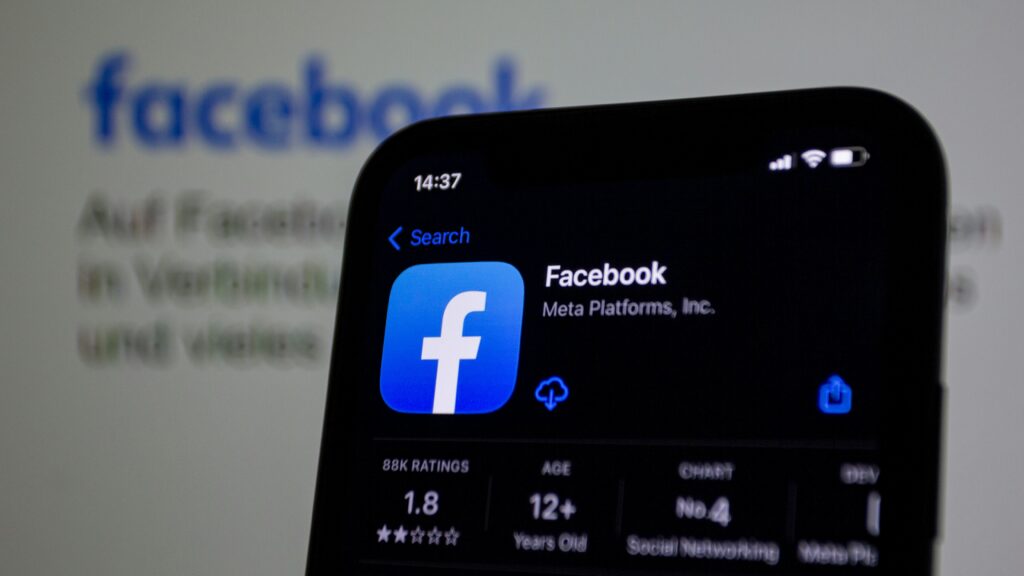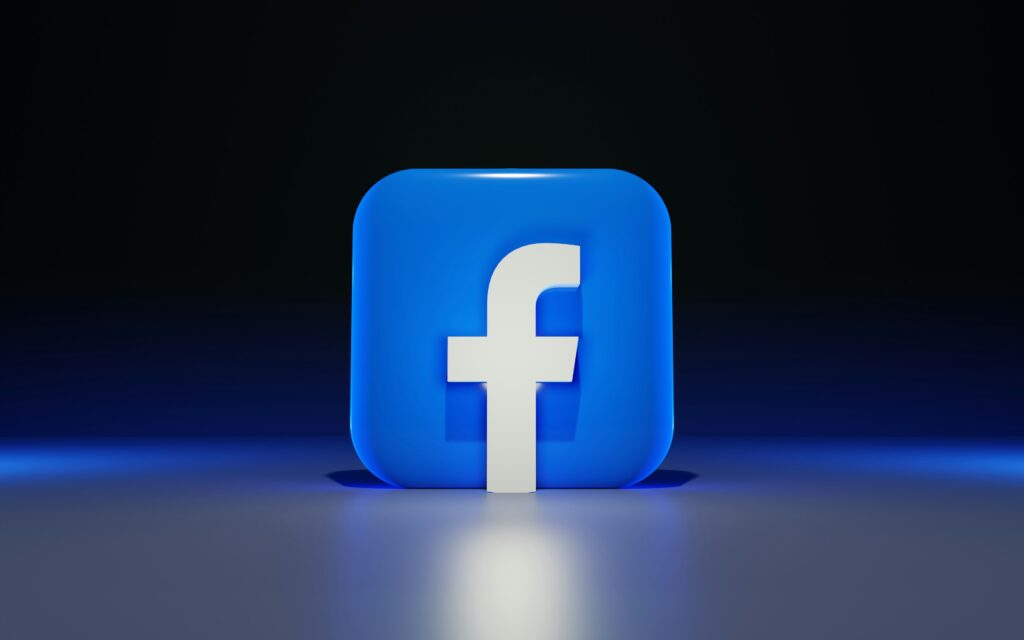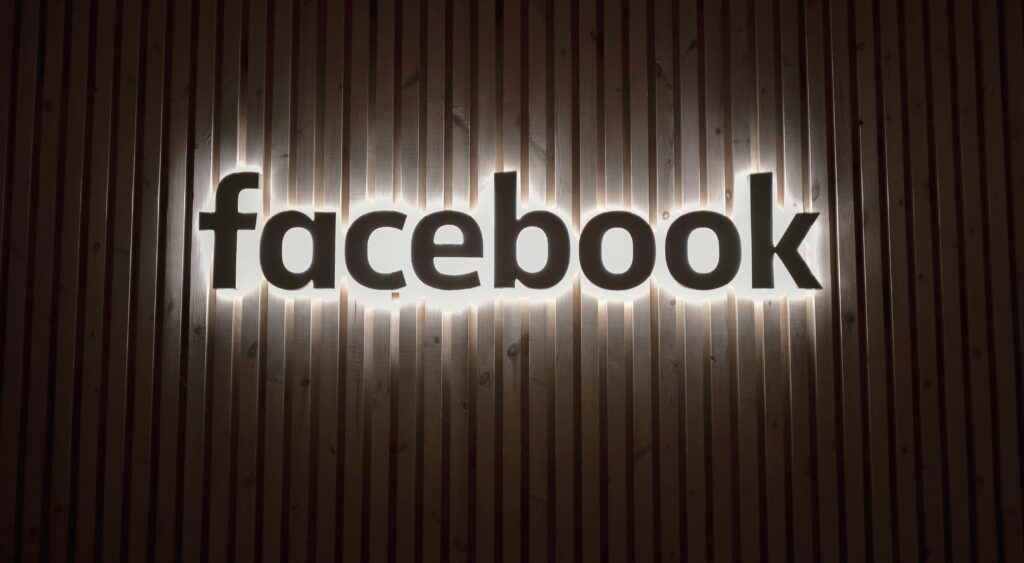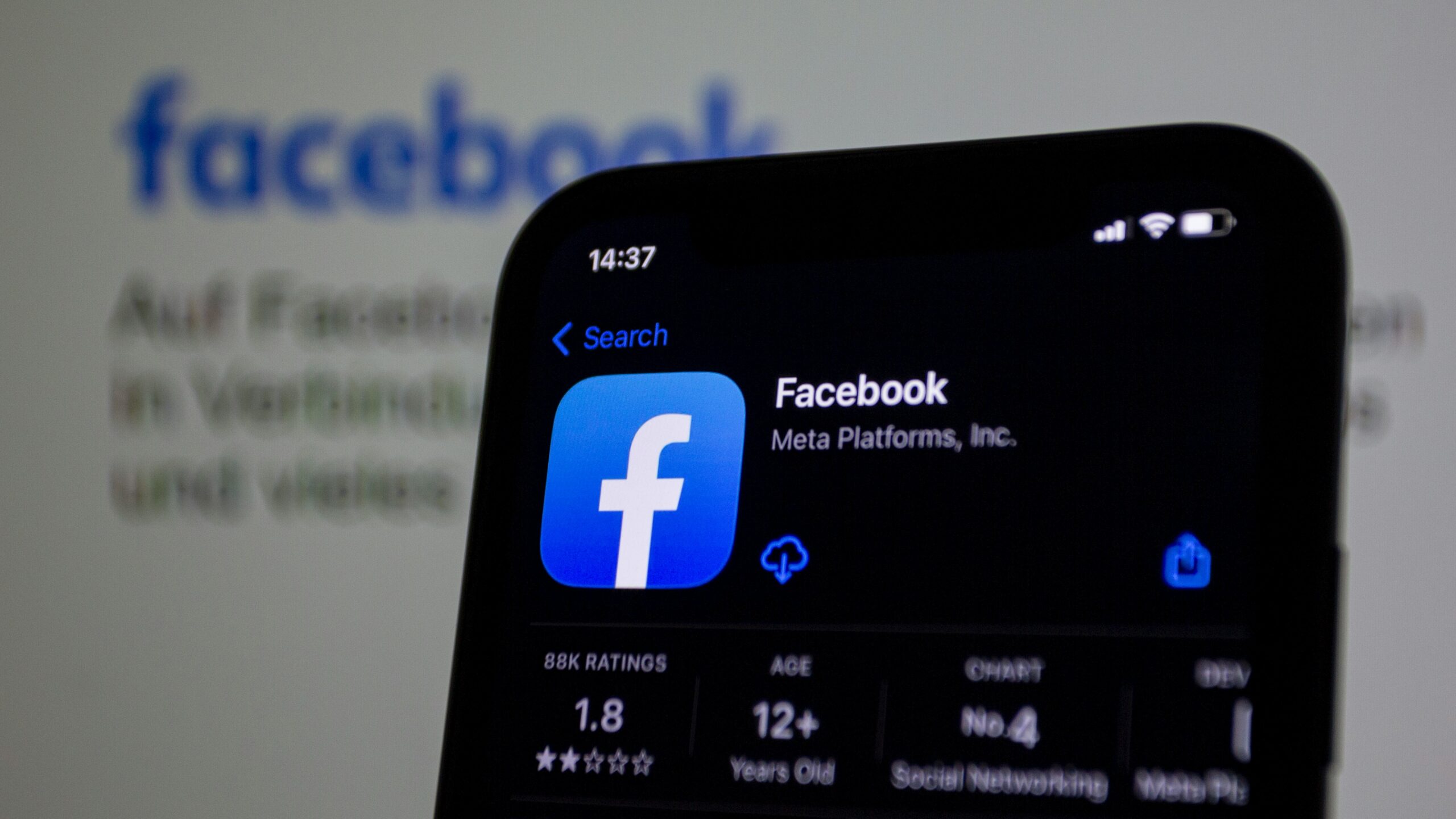Facebook Logo: Meaning, History, Design Influences, and Evolution

Contents
In today’s digital world, the Facebook logo has become an instantly recognizable symbol that represents the social media giant. As we scroll through our news feeds and connect with friends and family, we may not give much thought to the logo itself. However, if we delve deeper, we discover a fascinating story of meaning, history, design influences, and evolution.
Understanding the Facebook Logo
Before we delve deeper into the intricacies of the Facebook logo, it’s essential to grasp the profound significance it holds in the digital realm. Beyond being a mere symbol, the logo stands as a beacon of connection, community, and communication in the vast landscape of social media platforms. Its design not only represents the brand but also encapsulates the values and aspirations of the company, making it a visual cornerstone of the Facebook experience.

As we embark on this exploration of the Facebook logo, we are invited to unravel the layers of symbolism and intention woven into its very fabric. From its color palette to its typography, every element has been meticulously crafted to resonate with users on a subconscious level, fostering a sense of belonging and trust within the online community.
The Meaning Behind the Facebook Logo
Delving into the origin of the Facebook logo reveals a rich tapestry of design elements that speak volumes about the platform’s ethos. The iconic blue hue, carefully chosen for its associations with dependability and professionalism, serves as a visual anchor for users navigating the digital landscape. Meanwhile, the lowercase “f” enclosed in a square not only conveys a sense of familiarity but also symbolizes the platform’s commitment to creating a safe and inclusive space for individuals to connect and share.
The Historical Journey of the Facebook Logo
To truly appreciate the evolution of the Facebook logo, we must journey through the annals of its history, tracing its transformation alongside the platform’s exponential growth. What began as a modest emblem in 2004 has since blossomed into a globally recognized symbol of social networking. Each iteration of the logo reflects not only the company’s maturation but also the ever-evolving landscape of digital design trends and user preferences. By examining these shifts in design philosophy, we can glean insights into the strategic decisions that have shaped the visual identity of Facebook over the years.
Influences on the Facebook Logo Design
Design inspirations can stem from various sources, and the Facebook logo is no exception. From its initial creation to subsequent design changes, external influences have played a defining role in shaping the logo’s appearance and impact.

When delving deeper into the influences on the Facebook logo design, it becomes evident that cultural shifts and societal trends have also left their mark. The logo’s color scheme, for instance, has been influenced by the psychology of colors and their impact on user perception. The choice of blue, known for instilling trust and reliability, was a strategic decision aimed at fostering a sense of security and credibility among users.
Initial Design Inspirations
As Mark Zuckerberg conceptualized the original Facebook logo, he drew inspiration from the simplicity and minimalism of iconic brands like Apple. This emphasis on clean lines and uncluttered visuals set the tone for future logo iterations and established Facebook’s distinctive design language.
Furthermore, the incorporation of the lowercase “f” in the logo was a nod to the company’s emphasis on approachability and user-friendliness. By mirroring the informal nature of social interactions, the logo aimed to create a sense of familiarity and ease of use for its global user base.
Subsequent Design Changes and Their Influences
With the ever-evolving digital landscape, the Facebook logo underwent significant redesigns, each influenced by different factors. The rise of mobile usage, for example, prompted modifications in the logo’s dimensions to optimize its display on smaller screens. Changes in design trends, user preferences, and technological advancements also contributed to the logo’s evolving aesthetic.
Moreover, the introduction of the “f” logo as a standalone icon, separate from the full wordmark, was a strategic move to enhance brand recognition and adapt to the growing presence of social media on various platforms. This shift towards a more versatile logo design allowed for greater flexibility in branding applications and reinforced Facebook’s position as a leading innovator in the digital sphere.
Evolution of the Facebook Logo
The Facebook logo’s transformation mirrors the platform’s growth, adaptability, and quest for innovation. Understanding its journey allows us to appreciate the thought process behind each redesign and the impact it had on users and the brand as a whole.
As Facebook continued to evolve and expand its reach globally, the logo underwent meticulous redesigns to stay relevant and resonate with its diverse user base. Each iteration of the logo was a carefully crafted reflection of the company’s commitment to progress and user-centric design.
The Original Facebook Logo
When Facebook emerged on the digital landscape, its logo embodied simplicity and approachability. The lowercase, blue-lettered logo captured the platform’s early ethos of connectivity and personalization, setting the stage for its meteoric rise.
The original logo’s unassuming charm and unpretentious design played a pivotal role in shaping Facebook’s identity as a user-friendly social networking platform that prioritized genuine connections and community building.
Major Redesigns and Their Impact
Over the years, Facebook underwent significant redesigns, each breathing new life into the logo while staying true to its underlying principles. The addition of subtle gradient effects, refining of font styles, and embracing of a sleeker aesthetic mirrored Facebook’s evolution into a more sophisticated platform, resonating with users around the world.
These redesigns not only modernized the logo but also symbolized Facebook’s adaptability and forward-thinking approach in an ever-changing digital landscape. The strategic evolution of the logo paralleled the platform’s technological advancements and its continuous efforts to enhance user experience and engagement.
The Current Facebook Logo and Its Significance
As we fast forward to the present day, we encounter the current Facebook logo, an embodiment of the platform’s values, aspirations, and evolving identity.
The Design Elements of the Current Logo
The current Facebook logo employs a bold and streamlined font, solidifying its presence as a global powerhouse. The lowercase “f” remains a constant, seamlessly blending familiarity with modernity. This evolution underscores Facebook’s commitment to adapt to changing times while retaining its core values.
The Symbolism of the Current Facebook Logo
Beyond its visual appeal, the current Facebook logo symbolizes the power of connectivity and the role the platform plays in influencing our lives. It represents the trust and authenticity that Facebook strives to foster among its users and acknowledges the social responsibility it holds in shaping the digital landscape.

The Future of the Facebook Logo
As technology continues to evolve at an unprecedented pace, one can’t help but wonder what the future holds for the Facebook logo and its place in the increasingly interconnected world.
Predicted Changes and Trends
Experts speculate that the Facebook logo will continue to adapt and evolve in response to emerging trends, such as augmented reality and virtual reality. With these advancements, we can anticipate a logo that seamlessly integrates into these immersive experiences, enhancing users’ engagement with the platform.
The Role of the Logo in Facebook’s Branding Strategy
As Facebook navigates the ever-changing digital landscape, its logo will undoubtedly play a pivotal role in its branding strategy. It will serve as a visual anchor, allowing users to instantly recognize and associate with the platform’s offerings, fostering a sense of trust and familiarity.
Facebook’s logo may seem like a small detail, but upon closer examination, it reveals the depth of thought, creativity, and adaptability embedded in the platform’s DNA. From its humble beginnings to its current incarnation and beyond, the Facebook logo is a testament to the power of visual communication in shaping our digital interactions and experiences.
As we’ve explored the significance of the Facebook logo and its impact on branding and user experience, it’s clear that a well-crafted logo is crucial for any business. If you’re inspired to create a logo that embodies your brand’s values and connects with your audience, Boon is here to help. Our innovative software utilizes your design preferences and the power of Artificial Intelligence to craft a custom logo that resonates with your brand’s story. Whether you’re in tech, hospitality, retail, or any other industry, Boon can help you engage users and strengthen your business with a logo that stands out. Ready to create a logo that you’ll love in just five minutes? Let’s make a logo!

Mia Vargas is our Senior SEO & Branding Specialist, a dynamic force in digital strategy with a keen eye for brand storytelling. With over a decade of experience in optimizing online visibility and shaping brand identities, Mia seamlessly combines her technical SEO expertise with her passion for creativity. She is skilled at crafting strategies that not only elevate search rankings but also resonate with target audiences, ensuring our clients build meaningful, lasting connections. Known for her innovative approach and trend-focused insights, Mia plays a crucial role in driving our team to stay ahead in a rapidly changing digital landscape, balancing analytics with artistic flair to deliver impactful results.
